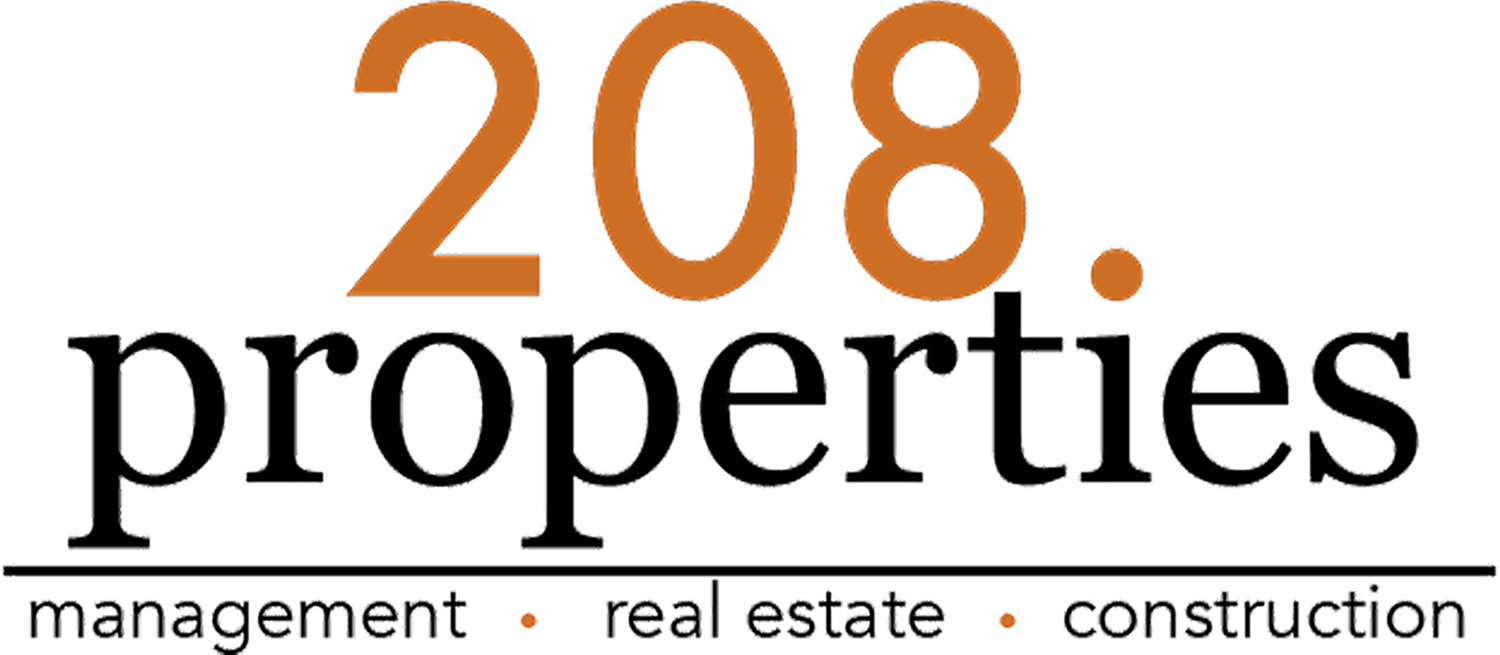There’s only one way to measure square footage, right? Not exactly.
While this number may seem concrete and objective, not all standards apply the same metrics to measuring square footage, meaning that way you go about measuring can actually affect the value of a home. Since square footage is integral to determining home value, you need every bit of information available to you when it comes to square footage standards.
Understanding this important subject can increase your bottom line and give you tools to better assist home buyers.
Here are 3 ways to maximize the value of square footage on your listing:
Understand guidelines
When determining the standards for measuring square footage, look to the American Nation Standards Institute (ANSI). While certain standards are a bit different depending on local regulations, ANSI guidelines are a great place to start for recommendations on determining the true square feet of a home.
Here’s what ANSI suggests:
Measure from outside. This one almost seems like cheating, as thick walls could still theoretically be included in square footage space when measured from a home’s exterior. Despite this, ANSI recommends that’s exactly where you start measuring.
Below grade spaces don’t count. ANSI defines a “below grade space” as space beyond the Gross Living Area. This means basements, whether finished or unfinished. So while you can’t count that big, beautiful finished basement towards the square footage of a home, you can certainly feature it on your home listing.
If you have to go outside to get there, the space doesn’t count. This means garages that are not attached to the home, accessory dwelling units, pool houses, or any other additional room on the property that requires that you step out of doors to access cannot be counted towards Gross Living Area. Again, while these features can look great on a listing, they won’t count towards square footage.
Closest and staircases count. Since a finished basement doesn’t count towards square footage, you might not think a staircase would either. Turns out, ANSI recommends including space on stairs and in closets. These, it turns out, are livable, valuable spaces that counts toward your Gross Living Area.
Research, research, research
Your first step in tracking down a reference for square footage should be the cities archives. These records departments store all kinds of blueprints, floorplans, and proposals that will give you a great resource for saving time in measuring the property. Of course, you will want to add any additions to the property to the square footage number you find and determine if the guidelines follow those laid out previously to decide if a remeasure might be beneficial anyway.
Many municipalities are in the process of converting a lot of records over to digital, so it’s worth poking around online to see if making a trip to the records office is even necessary. Having these historical resources for the property is helpful for determining square footage while also providing a fun visual for perspective tenants.
Do it yourself
Another aspect of research could be doing the measuring yourself. While this may seem daunting, finding the true square footage of a property—especially when the number you have seems low—would be well worth putting in the time and effort of going room-by-room around the property to take down some measurements.
Here’s how to start:
Gather your tools. Collect a tape measure that reaches 100 feet at a minimum—you’ll want to save yourself time. Then get some graph paper and pencils for recording each measurement as you go.
Begin measuring. Start with the first room that makes sense—often the entryway and family room areas. Record the measurement of each wall as you take them, numbering each wall with a clear system that won’t become confusing as you draw out and label each room. Round your measurements to the nearest tenth of a foot to make the work ahead of you simple while maintaining precision.
Do the math. Now that you have near-exact measurements of every room in the house, wall-by-wall, you need to find the square footage. Start with room one and multiply the room’s length by its width. When dealing with more complex geometry, break the measurements down into simple triangles and rectangles where possible to make finding square footage easier on yourself. Then, add up the square footage of every applicable space in the home.
It may seem simpler and neater to simply accept whatever square footage number may be at hand, but learning the guidelines, conducting research, and making the measurements yourself ensure that no square footage is missed.
You can add value to the property while increasing your own knowledge and expertise on the how properties are measures and valued. Whether you can turn up more square footage on your listing or not, these skills will carry forward and improve your craft.
For more information on effective property management that will maximize your profits, contact 208.properties today.


